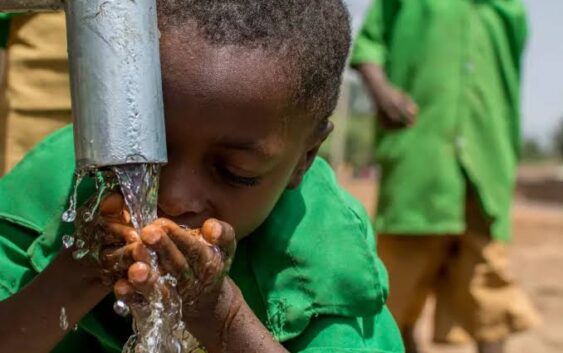- LG ENERGY SET TO BUILD NEW PRODUCTION PLANT FACILITY FOR ELECTRIC VEHICLES IN MOROCCO
- HOW GREEN HYDROGEN PROJECT CREATED OVER 200 JOBS IN NAMIBIA
- HOW EGYPT LOW-INCOME HOUSING FINANCE INITIATIVE GOT EGP70BILLION FUNDS
- CHIRUNDU BORDER POST TRANSFORMATION SET TO TAKE EFFECT IN ZIMBABWE
- MOZAMBIQUE GOVT. SET PLANS FOR PETROLEUM EXPLORATION AFTER CONTRACT APPROVAL
WHY ACCESS TO WATER IS STILL A MAJOR ISSUE IN AFRICA

According to (Armah et al., 2018; Pullan et al., 2014), the accessibility to improved water and sanitation is a crucial mechanism to save infants and children from adverse health outcomes –including respiratory ailments, malaria, and diarrhea which are leading causes of infant and child mortality
Meanwhile, According to UNICEF (2016), fetching water is an immense waste of time for women and girls, and it can affect their health, security, education, and their overall productivity. These are major factors that needs to be looked at, as its implications of insufficient or no access to a safe water source and sanitation are devastating for achieving Sustainable Development Goal five in Africa, specifically in educational attainment and labor market participation.
In the past two decade, the number of people without access to safe drinkable water and improved sanitation facilities has declined significantly
These statistics are worse in Sub-Saharan Africa (SSA), as it shows that these countries have less than 40% and 70% access rates to improved sanitation and safe drinkable water; respectively.
The problem of water scarcity in Africa is not only a pressing one but it is also getting worse day by day. According to the World Health Organization (WHO), water scarcity affects 1 in 3 people in the African Region and the situation is deteriorating because of factors such as population growth and urbanisation but also climate change.
SOURCE: The Point

